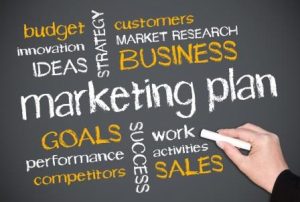By Megan Moyer, corporate marketing manager for the Profits in the Front End blog series
A marketing plan is an important part of business planning. It maps out promotions, messaging, events, target market, and more. Dedicating the time to develop a plan is worthwhile because it provides direction for staff and guidance on where you want to spend your budget and time.
The marketing plan should support your overall business plan and store vision and include efforts to build your brand. Depending on whether you are aiming to make significant moves to grow your business, invest in operations or infrastructure, or just trying to maintain status quo, the plan should include sections that:
overall business plan and store vision and include efforts to build your brand. Depending on whether you are aiming to make significant moves to grow your business, invest in operations or infrastructure, or just trying to maintain status quo, the plan should include sections that:
- identify your competition with a SWOT analysis,
- detail your target market – current customers and those who you’d like to attract
- outline events and special promotions you’ve identified
- describe key points to be used in messaging
Lastly, it should explain your strategy and the objectives and tactics that will make it come to life.
If you haven’t written a marketing plan in the past, the first time will be more cumbersome. As you design the outline for your plan, think about the individual sections to ensure it is achievable and measurable. At the end of the year, evaluate whether the plan was carried out as laid out and if it was successful.
As you become more experienced creating your marketing plan, you’ll be able to hone in on the sections that need updating, refreshing, and/or where to make changes each year. You’ll also gain confidence in branching out and trying new tactics as you learn from what you’ve tried in the past. Adjust for social, economic, and local community changes or shifts. As you expand your plan, consider your store’s appearance inside and out, partnership opportunities, and how details like customer service, merchandising, and signage can help attract and build loyalty with shoppers.
